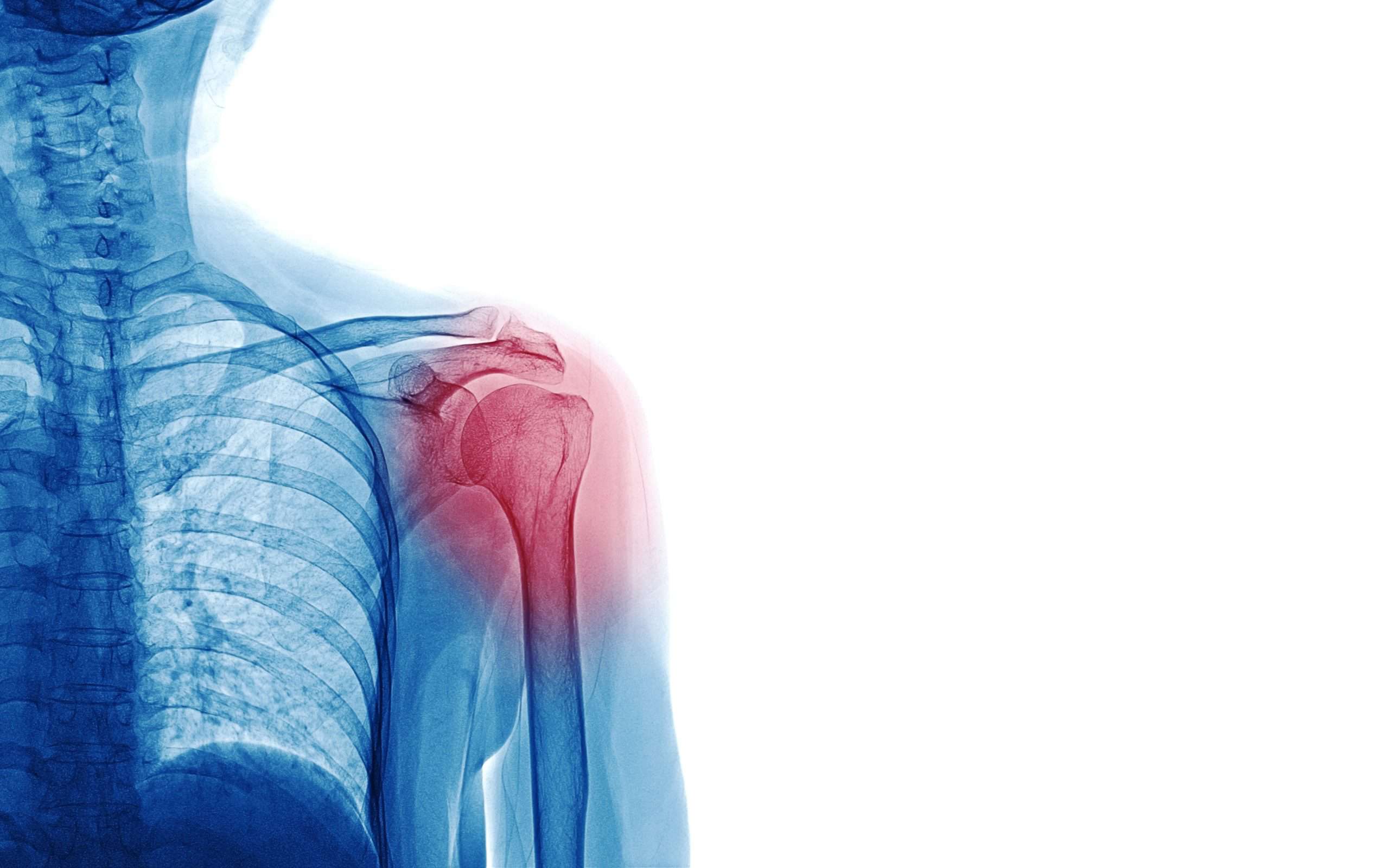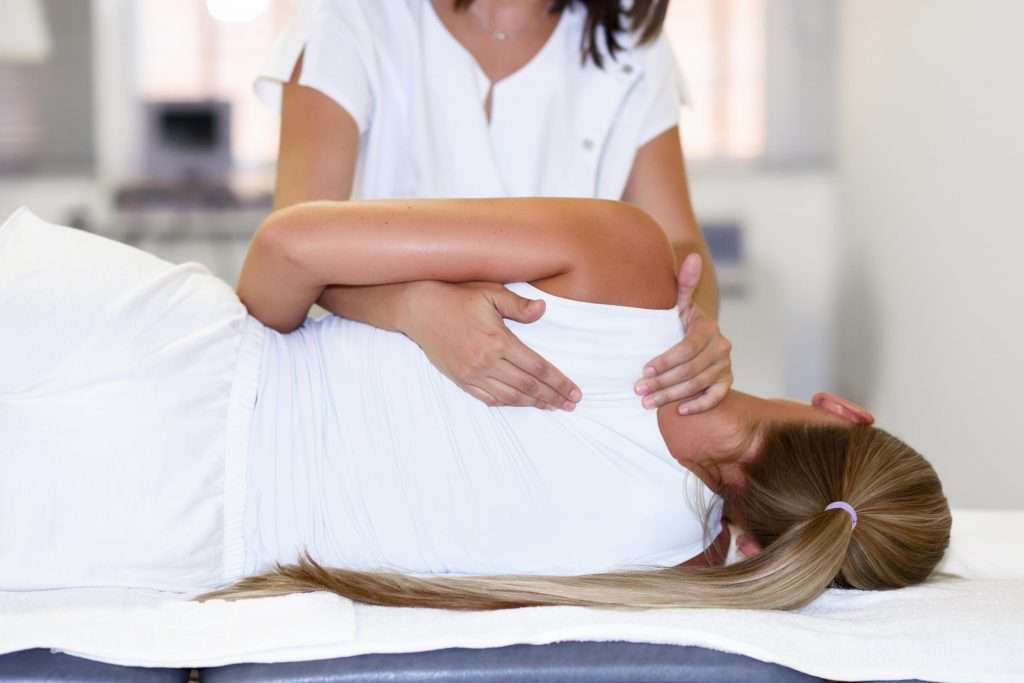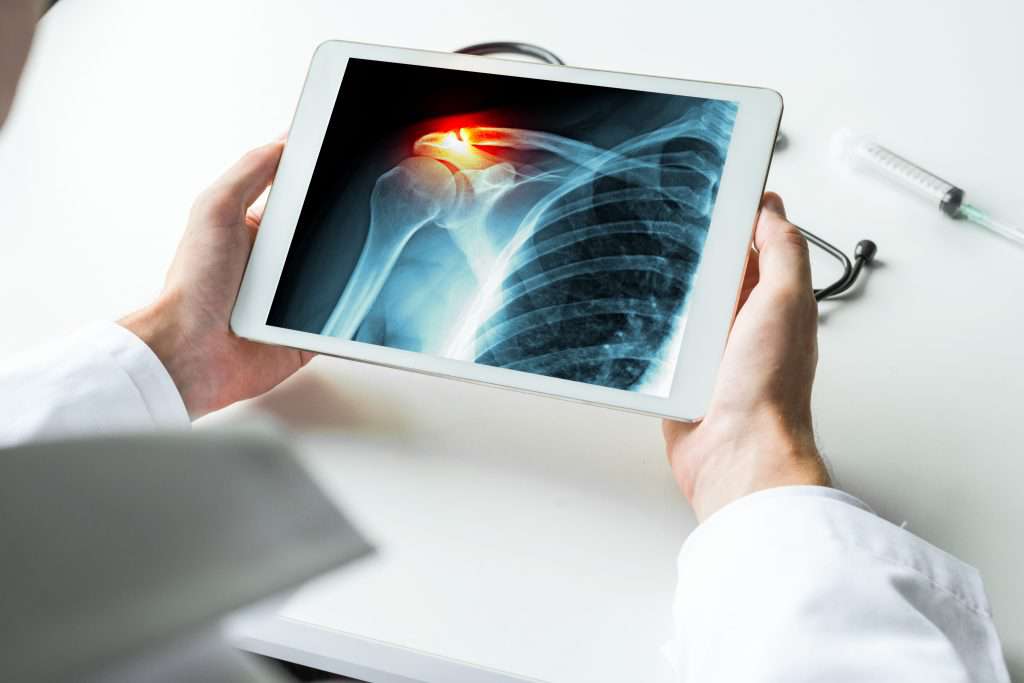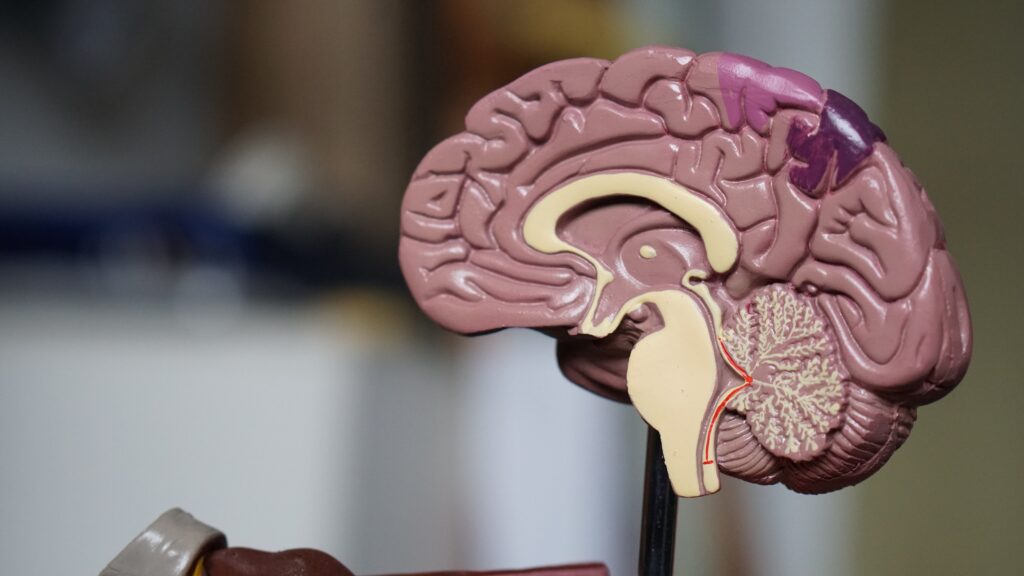 By some estimates, more than 20% of the population currently has a rotator cuff injury. Many patients don’t even realize that they have a rotator cuff injury, let alone seek any kind of treatment for it. Some physicians will immediately recommend surgery for a torn rotator cuff injury – even though jumping to surgery is not always the easiest or most effective solution. There are many reasons that doctors may feel this way, from medical school training to physicians genuinely being misinformed. The good news is that surgery isn’t in fact always needed, and if you’re knowledgeable about your injury you can best advocate for yourself. Let’s take this issue step-by-step, so you can make an informed decision for your health.
By some estimates, more than 20% of the population currently has a rotator cuff injury. Many patients don’t even realize that they have a rotator cuff injury, let alone seek any kind of treatment for it. Some physicians will immediately recommend surgery for a torn rotator cuff injury – even though jumping to surgery is not always the easiest or most effective solution. There are many reasons that doctors may feel this way, from medical school training to physicians genuinely being misinformed. The good news is that surgery isn’t in fact always needed, and if you’re knowledgeable about your injury you can best advocate for yourself. Let’s take this issue step-by-step, so you can make an informed decision for your health.
What is the success rate of rotator cuff surgery?
According to recent research, the success rate of rotator cuff surgery is relatively low. It has been observed that a significant number of patients who undergo this surgery continue to experience pain even after the procedure. In addition to persistent discomfort, many individuals are unable to regain their full range of motion following the surgery. Shockingly, roughly 60% of patients who undergo substantial rotator cuff surgical repairs experience retears, indicating the failure of the initial procedure. This failure rate becomes even more pronounced in individuals aged 60 and above, with approximately 33% of patients failing to experience complete healing within the first year post-surgery. Consequently, a large number of patients in this age group often require additional surgical interventions to address the unresolved issues.
What is a rotator cuff?
The rotator cuff is a common term that is thrown around in day-to-day conversation, but have you ever stopped and asked where and what your rotator cuff is? You may be surprised to learn that your rotator cuff is not actually a singular muscle, but a group of muscles and tendons that work together to stabilize your shoulder during movement.
That is exactly why there are so many different varieties of rotator cuff tears. There are a multitude of tendons and muscles that can sustain an injury, which is why it can be a challenge to identify symptoms that are specifically associated with a rotator cuff tear.
Rotator Cuff Tear Symptoms
If you have difficulty reaching behind your back or brushing your hair, you may have a torn rotator cuff. Another common issue is if you have trouble sleeping on your side and experience a deep, dull pain in your shoulder. Depending on the size and severity of the tear, you may just think your shoulder has arthritis or soreness. Regardless of your symptoms, you should seek out the expertise of a medical professional.
In order to receive a proper diagnosis, you need to see your physician or a proper specialist. They will first go through palpation, a range of motion examination, and strength testing. If they believe that you have a torn rotator cuff, they will order additional testing, which may include an X-ray, ultrasound, and/or MRI.
Rotator Cuff Tear Treatment
Now that you are diagnosed with a rotator cuff injury, what’s next?
Physical Therapy
Physical therapy is a great first step that may be recommended by your physician post-diagnosis, depending on the severity of your tear.
You can work with a physical therapist to develop a plan that works for you and your specific rotator cuff tear. The goal of physical therapy is to strengthen the muscles around your rotator cuff, that way those adjacent muscles can make up for lost strength and relieve some of your pain and inflammation.
Granted, physical therapy may not lead to a complete recovery of your rotator cuff; it may just improve the functionality and strength of your muscle and tendon group. That might be enough for you, but most patients will want a complete recovery of the rotator cuff in order to ensure that another tear will not occur. If physical therapy does not help the situation at all, your physician may recommend you go see a surgeon.
You can also read: CONTROLS THE CHRONIC PAIN AND IMPROVES YOUR LIFE WITH STEM CELLS.
Rotator Cuff Surgery
The risks and negatives of rotator cuff surgery are well-known and defined. The possibility of a re-tear after surgery can be as high as 94%, depending on the type of tear in your shoulder. Going under the knife is a scary prospect, especially when the failure rates are that high.
Think about it like this: would you use masking tape to hold together your broken car suspension? No, you would get a mechanic to either completely replace the suspension, or they could weld the suspension together. Rotator cuff surgery is more or less using masking tape to hold your shoulder together, meanwhile praying that the tissue heals before the masking tape breaks.
Unsurprisingly, the tissues in your shoulder do not properly heal together. When your rotator cuff tears, there are fewer active stem cells in the tissue that make up your tendons and muscles. That means there are fewer cells that will repair the tear on their own.
Thankfully, there are new and exciting treatments that are viable alternatives to risky surgery.
Can a rotator cuff retear after surgery?
The risks and negatives of rotator cuff surgery are well-known and defined. According to studies, the possibility of a re-tear after surgery can be as high as 94%, depending on the type of tear in your shoulder. Now, let’s put this into perspective. Imagine your car’s suspension is broken. Would you simply use masking tape to hold it together? Of course not! You’d seek the expertise of a skilled mechanic who would either completely replace the suspension or weld it back together. Well, rotator cuff surgery is somewhat like using masking tape to hold your shoulder together, hoping that the tissue will heal before the tape gives way. Unfortunately, the tissues in your shoulder do not always properly heal together, leading to a re-tear.
When your rotator cuff tears, there are fewer active stem cells in the tissue responsible for your tendons and muscles. These stem cells play a crucial role in the natural healing process. Without an adequate number of these cells, the damaged tissue struggles to repair itself effectively, similar to trying to fix a broken object without the necessary tools and materials. This contributes to the higher chances of re-tearing after surgery.
It is important to understand the limitations and potential complications of rotator cuff surgery. While it may provide relief and improve function for some individuals, the risk of re-tearing is a significant concern. Research has shown that retear rates can be alarmingly high, reaching up to 94% in certain cases. Therefore, it is crucial to explore alternative options and consider the potential benefits of treatments such as stem cell injections, which have been shown to reduce re-tear rates by half in recent studies.
Knowledge about the underlying factors, such as weakened and unhealthy tissue, coupled with a decreased number of functional stem cells, sheds light on why re-tearing is a common occurrence. By understanding these factors, individuals can make more informed decisions about their treatment options and discuss potential strategies for reducing the risk of re-tearing with their healthcare providers.
Can a rotator cuff heal without surgery?
Many patients don’t even realize that they have a rotator cuff injury, let alone seek any kind of treatment for it. Some physicians will immediately recommend surgery for a torn rotator cuff injury – even though jumping to surgery is not always the easiest or most effective solution. However, it’s important to note that surgery isn’t always needed, and there are alternative options available for healing the rotator cuff without going under the knife.
In many cases, physical therapy can play a significant role in promoting healing and recovery. It can help improve blood supply and strengthen the muscles of the rotator cuff. There is evidence to support this approach as well. A 2014 study found that physical therapy was equally effective as rotator cuff surgery in terms of regaining physical strength and range of motion. This means that non-surgical treatments like physical therapy can be just as successful in helping individuals regain functionality and alleviate pain associated with a rotator cuff injury.
Additionally, for those seeking alternatives to surgery, Regenexx procedures offer a promising option. These procedures provide a non-surgical alternative that can help individuals avoid the potential drawbacks of surgery, such as lengthy recovery periods and overuse of prescription pain medication. By considering Regenexx procedures, patients can explore a different path towards healing their rotator cuff, guided by medical professionals who specialize in non-surgical treatments.
By being knowledgeable about your injury and exploring non-surgical options, you can advocate for yourself and make informed decisions about your treatment plan. Remember, surgery may not always be the immediate or most effective solution for a torn rotator cuff. It’s worth considering alternative approaches like physical therapy and Regenexx procedures, as they have shown promise in promoting healing and restoring functionality without the need for invasive measures.
Cell Medicine Could Be Your Holy Grail
Instead of physical therapy or surgery, there is another alternative. Stem cells have been long discussed as treatments for a wide variety of issues. A stem cell injection into the problem area could provide a long-term solution for your shoulder problems. A super concentrated platelet rich plasma diffusion could also be perfect for your situation. Our team is trained to evaluate your case and develop a treatment plan that is specialized for you and your body.
Our BioXgel™ can take your stem cell treatment to the next level. The BioXgel™, in combination with a stem cell therapy, creates a scaffold of regeneration where your rotator cuff can completely heal itself. The best part about this process is that you are your own donor and you will be utilizing your own plasma. Your body will be truly healing itself!
Stem cell treatments also have a significantly shorter recovery time compared to surgery. Most rotator cuff surgery recovery times can last anywhere from 4 to 12 weeks. On the other hand, a stem cell treatment recovery time lasts around 1 to 2 days before patients can get back to work.
Combining the regenerative techniques of stem cells along with physical therapy has shown to be a powerful technique in improving rotator cuff tears and the longevity of your shoulder health. If you and your doctor decide to proceed with surgery, a stem cell treatment can also help aide in your recovery speed and overall surgery efficacy.
When it comes to stem cell treatments and shoulder injuries, the sky’s the limit. Avoiding unnecessary surgeries will save you time and plenty of headaches – as well as aches in general. Getting a second opinion is always a good idea, as even the most well-meaning physicians can be mistaken every now and then. Our team will provide you with our honest opinions about your case and ensure that you receive the best treatment available.


